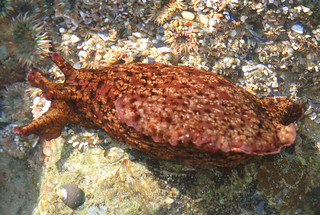« Prev Next »
Hey Everyone!
Sorry I have not been blogging for a while, school has become super hard this year and time management has become more of a struggle than thought! However, I look forward to another successful year of great blogs and invite everyone to read my news posts monthly!
It has always puzzled me how my brain is capable of storing memories. How does the brain know whether or not to save memories for long term, intermediate or short-term? Also, what molecules in our brain trigger the ability to store these memories?
Scientists from New York University and the University of California, Irvine have discovered where and when the molecular activity occurs while forming short, intermediate and long-term memories.
Thomas Carew a professor in NYU's center for Neural Science has proved the formation of memory to be more than simplifying a matter of turning molecules on and off. Molecules in the brain are governed by complex temporal and spatial relationship of molecular interaction and movement.

How does the spatial relationship affect the molecules while they're interacting and moving? Researchers in California tested a sea slug; "Aplysia" which is one of the only organisms that is usable for this research because their neurons are similar to mammals due to conserved evolution. Two specific molecules targeted for the research were the MAPK and PKA. Scientists were able to test the slugs in focusing in sensitization, while performing this training method scientists focused on the response of MAPK and PKA molecules. As both molecules responded positively to the idea they were sure to be the molecule in charge of the formation of memory. The MAPK and PKA actually do not always work together. For example, it was proven that for short-term memories only your PKA is active. Whereas, when long term and intermediate memories are stored your MAPK and PKA molecules coordinate.
Xiaojing Ye, Andreea Marina, and Thomas J. Carew. Local synaptic integration of mitogen-activated protein kinase and protein kinase A signaling mediates intermediate-term synaptic facilitation in Aplysia. Proceedings of the National Academy of Sciences, 2012
Image credit: (via flickr) Damon Tighe






















